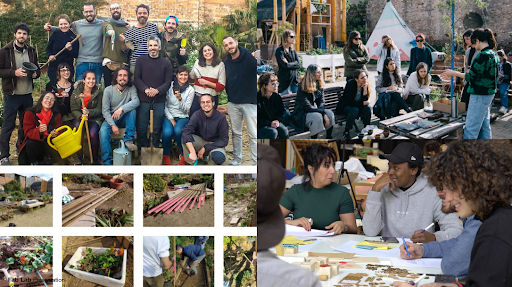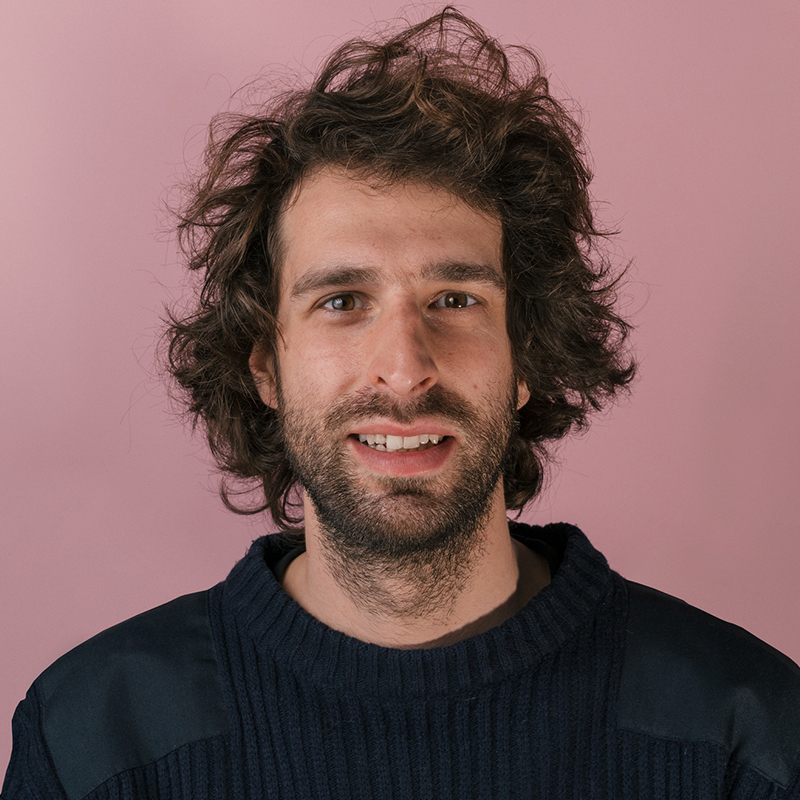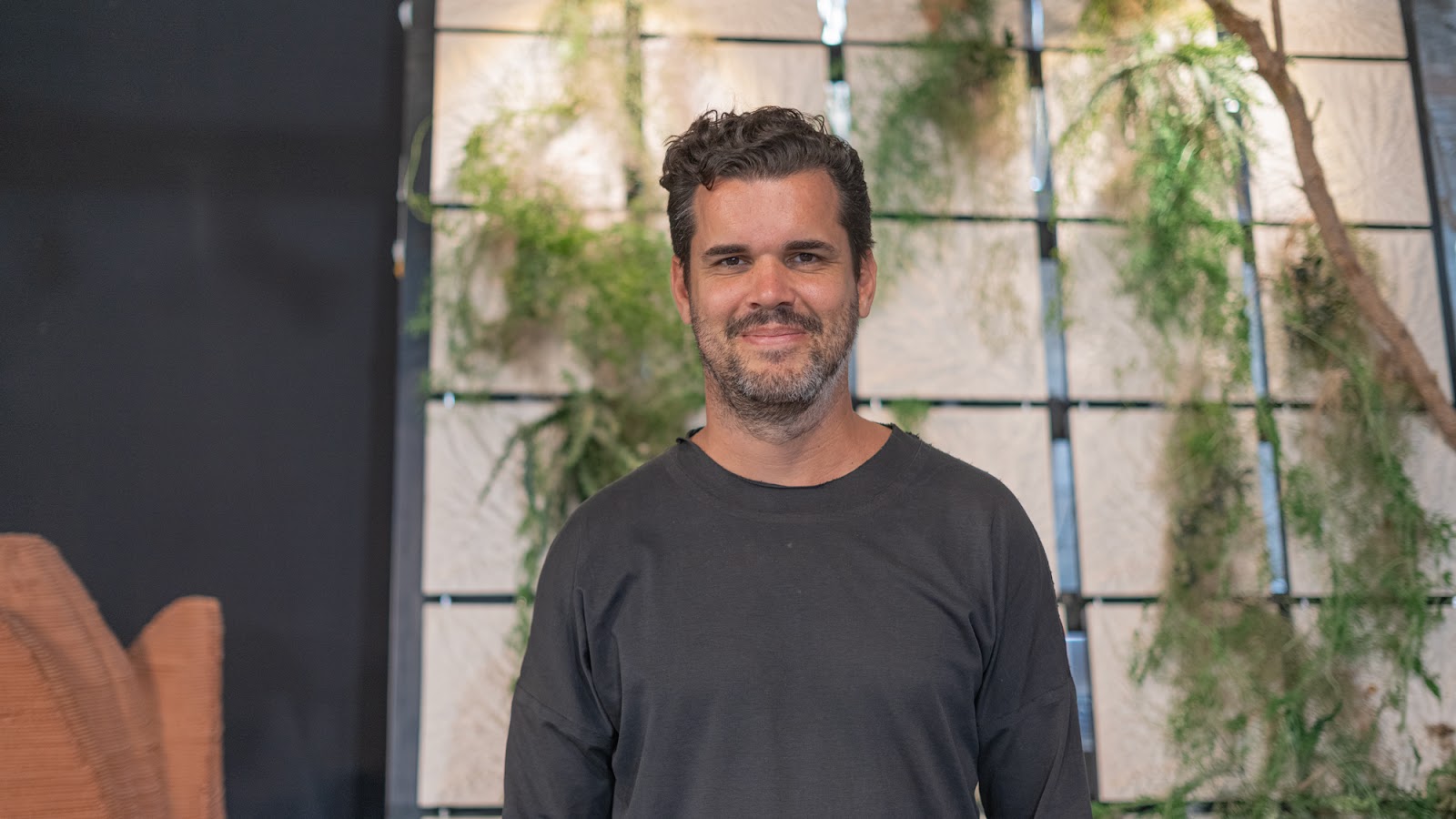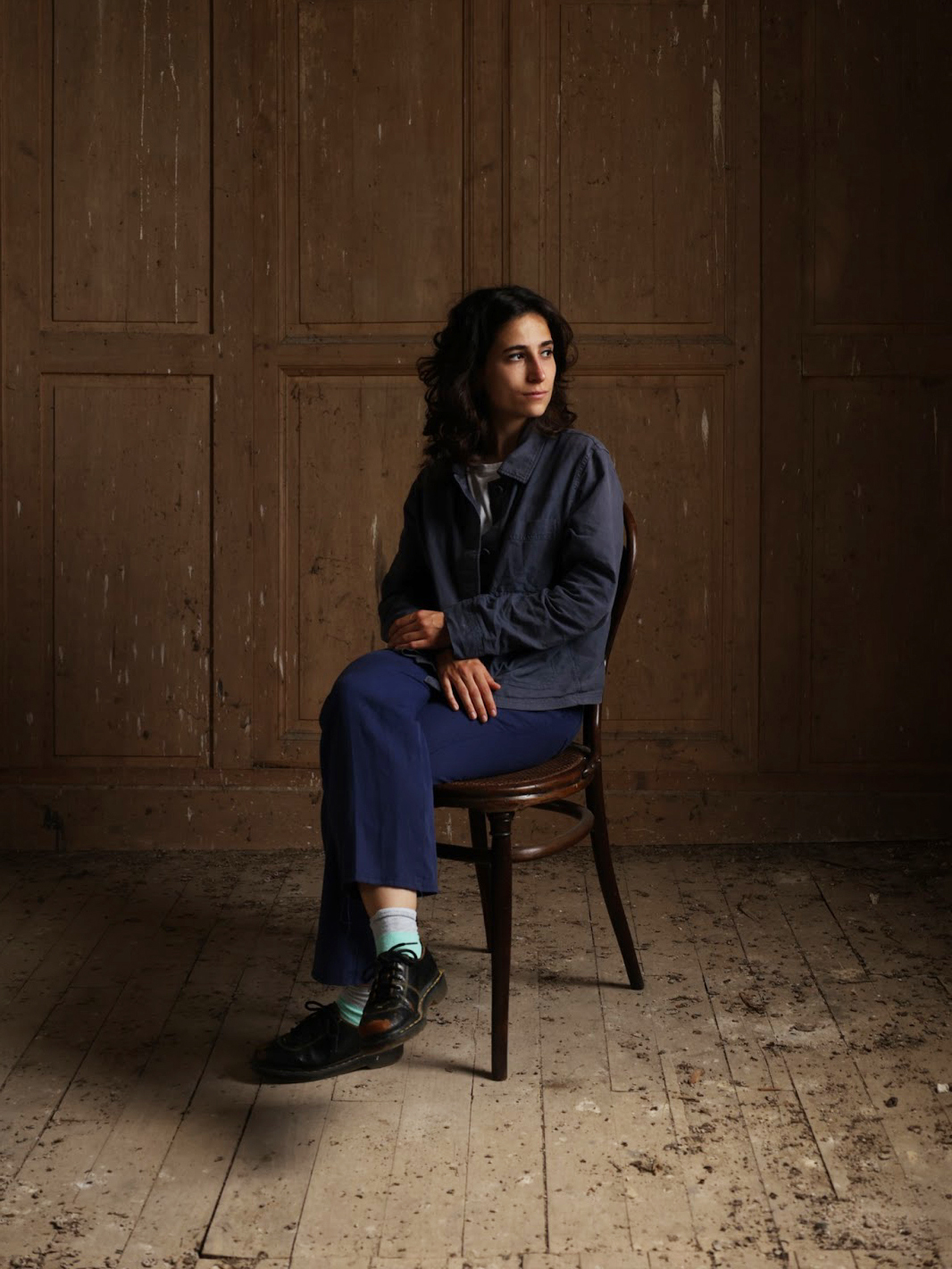title: Design Studio 02 page_type: course track: Application course_type: Course feature_img: /assets/images/2023-24/year-1/t-2/design-studio-02.png img_caption: MDEF Design Interventions, Barcelona faculty: - guillem-camprodon - laura-benitez - tomas-diez - jana-tothill - roger-guilemany ects: 12
Syllabus⇝
MDEF Research, Design and Development studios aim to take research areas of interest and initial project ideas into an advanced concretion point, and execution plan. The studio structure in three terms could be understood as follows:
TERM 1 Research: Understanding what it means to design for emergent futures. Analyzing the past and finding weak signals. References, state of the art. Identifying areas of interest. Experimenting from the first-person perspective.
TERM 2 Design: Forming the present through interventions in the real world. Building the foundations of your design space, forming strategic partnerships. Applying knowledge into practice through iterative prototyping. Testing ideas and prototypes in the real world.
TERM 3 Development: Refining interventions and identifying desirable futures. Establishing roadmaps for the construction of emergent narratives.. Communicating and disseminating your project through speculative design.
The Second Term Design Studio aims to refine the work developed by students during the first term of the Master program. After identifying areas of interest from weak signals in the first term, and creating their design space and first interventions, students will be encouraged to take a further step into their projects, focusing on finding and growing their communities of practice and developing interventions in the real world (digital or physical).
When⇝
Monday's
Schedule⇝
09/01 Kick off - Reframing by reflecting on your project so far⇝
Goals: Critically look back at your project, reflect on the feedback from the Design Dialogues, and propose a new scope, goals and next steps.
Activity: Briefly present in class 3 of the main learning points from the 1st trimester.
Assignment: Reflect on your and your project’s current stage of development allowing your project to talk back. Analyze your so-called “failures” as opportunities for redefining your frames of reference and repositioning yourself and your project accordingly.
Deliverable: An updated version of your design space. A 500 word text with a summary of your journey so far, adding the repositioning of yourself and your project. Make explicit new project goals and next steps including a proposal for the 1st intervention of the second trimester (a draft will be discussed during the design reviews the week after).
16/01 Design Studio Reviews (individual)⇝
23/01 A 1PP Design intervention in context. Look for your peers and communities. Analyze and make sense of a 1PP Design Action.⇝
Goals: Understand yourself better as a design tool in contexts, learn how to properly document, analyze and make sense of a design action from a 1PP.
Activity 1: Briefly present in class an updated version of the design space and a proposal for the 1st intervention of the second trimester.
Activity 2: Plan your first design intervention of the term and map the actors and infrastructure you want to involve.
Task: Carry out your 1st design intervention from a 1PP (involving yourself in the context you want to work on).
Deliverable 1: Document the 1PP design intervention, analyze it and reflect on the findings. Describe the alternative present scenario that this intervention is offering.
Deliverable 2: Update your design with the relations you have built.
30/01 Network of co-responsibility. (Co-)designing for emergent futures in the present.⇝
Goals: Reflect on your network of co-responsibility. Voicing others: A 1PP Design intervention in context giving the stage to your peers and communities (human and non-humans). Let the human and non-human actors be a driving force in your project.
Activity: Present your results from your 1PP design intervention. Reflect on how you can iterate this intervention, this time allowing others to take the lead.
Task: Plan and execute a 2nd design intervention, a collective design intervention with this perspective.
Deliverable: Document the 2nd collective design intervention, analyze it and reflect on the findings.
Deliverable 2: Update your design space with the relations you have built.
Design Studio Reviews
Radical Situatedness: Considering the resilience, material flows, situated knowledges and existing infrastructures of your interventions
Laura Benitez
Goals: Understand how your intervention can become resilient, taking into consideration self-sufficiency, locality and situated knowledges. Understand the agency of the environment you are working in.
Activity 1: Present your results from your 2nd design intervention.
Activity 2: Resilience Assessment. What is your project relying on?
Task: Plan and execute a 3nd design intervention, a collective design intervention taking into account this perspective.
Deliverable 1: Document the final design intervention, analyze it and reflect on the findings.
Deliverable 2: Update your design space with the relations you have built.
27/02 Design Studio Reviews⇝
06/03 Exploring alternative presents: Expanding the boundaries of your interventions.⇝
Design Studio Reviews
Design Dialogues II Preparation
Alejandra Tothill
Goals: Create a collective and individual building up plan for the Design Dialogues exhibition.
Activity: Group dynamic to create themes and groups of projects for the exhibition.
Deliverable: Planning of the exhibition, space allocation and special needs.
Task: Work on the design dialogues deliverables.
Deliverables⇝
Deliverables for after the holidays (Submission deadline, April 1st)
- Video-documentary (5 min max) (video-journaling) of your Term II design interventions - the video can be presented during Design Dialogues (optional)
- 5 good resolution images of your work during Term II (experiments, prototypes, interventions, Design Dialogues space..)
- 2 good resolution screenshots of your individual and/or collective Design Spaces
- Website PDFs (Seminar Reflections)
These are the points we are going to look at for Term II:
- Involvement of the community through the design interventions
- Situating the design interventions in context
- Framing opportunities considering resilience, material flows, situated knowledges and existing infrastructures in your design process
Grading Method⇝
| Percentage | Description |
|---|---|
| 50% | Faculty (including written assignment) |
| 50% | Self-Evaluation |
Self-Evaluation Question: Look back at the interventions you did last term and analyze them by self-evaluating your development:
- Involvement of the community through the design interventions. Did your process involve others in the design and implementation of the interventions? How meaningful do you think the interventions were for the external people that were involved?
- In terms of situating your interventions, how successful were you in considering the resilience, material flows, situated knowledges and existing infrastructures in your design process?
- Were you able to draft an alternative present through the iterative reflective process offered by the outcomes of your design interventions?
European Credit Transfer and Accumulation System (ECTS)
12 ECTS
Faculty⇝
Guillem Camprodon is a designer and technologist working in the intersection between emergent technologies and grassroots communities. He is the executive director of Fab Lab Barcelona at the Institute for Advanced Architecture of Catalonia (IAAC), a benchmark in the network of over 2000 Fab Labs and home of the Distributed Design Platform. He has a passion for teaching and is the co-director of the Master on Design For Emergent Futures (MDEF), a collaboration between IAAC and ELISAVA. Previously, he led Smart Citizen, a platform that opposes the traditional top-down Smart City model, empowering communities with tools to understand their environment. As a former research lead, he participated in many European-funded research and innovation projects, such as Making Sense, iSCAPE, GROW Observatory, Organicity, DECODE, ROMI and Reflow.
Laura Benitez has a Ph.D. in Philosophy and is a researcher, and university lecturer. Her research connects philosophy, art(s), and technoscience. She is an associate professor at the Department of Philosophy at the Autonomous University of Barcelona. She also teaches at Elisava. She has served as the coordinator of the Theory area in the Arts and Design Degree at Massana, where she has taught Critical and Cultural Studies. She has been a visiting researcher at the Ars Electronica Center and the Center for Studies and Documentation of MACBA. She has also collaborated with international institutions such as Interface Cultures Kunstuniversität Linz, Sónar Festival (Barcelona/Hong Kong), Royal Academy of Arts London, and the University of Puerto Rico. Between 2019 and 2021, she directed Biofriction, a European project (Creative Europe) on bioart and biohacking practices, led by Hangar in collaboration with the Bioart Society, Kersnikova, and Cultivamos Cultura. She is co-director of the Master on Design For Emergent Futures (MDEF).
Tomas Diez Ladera, a Venezuelan Urbanist, Designer, and Technologist, is known for his expertise in digital fabrication and its impact on future cities and society. He is a founding partner and executive director of the Fab City Foundation, and he also serves on the Institute for Advanced Architecture of Catalonia’s board of trustees, where he holds positions as a senior researcher and tutor. He actively collaborates with the Fab Foundation to support the global Fab Lab Network and has played a significant role in launching initiatives such as the Fab Academy and Fab City.
Tomas co-founded and co-designed projects like the Smart Citizen initiative and the global Fab Lab Network platform, fablabs.io. Additionally, he co-created higher degree programs, including the Master in Design for Emergent Futures (IAAC-Elisava) and the Master in Design for Distributed Innovation (Fab City-IAAC), both of which he co-directs. As a founding partner and President-Director of the Meaningful Design Group Bali, he aims to combine advanced technologies and design with alternative perspectives and cultures in Indonesia and Southeast Asia. He has received recognition as a young innovator of the year by the Catalan ICT Association and was nominated as one of Nesta's and The Guardian's top 10 Social Innovators in Europe.
As a designer and researcher with a strong focus on sustainable practices and innovative design methodologies, Jana is committed to questioning and challenging the field of design. By continuously striving for movement and positive change, she puts sustainability, innovation, and care at the forefront of her work — which is always underpinned by post-humanist and feminist materialist thought. In her design practice, Jana’s work is community-driven and collaborative, working with other designers and artists to create thought-provoking installations and experiences.
Roger Guilemany is a founding member of the design cooperative aqui, where he contributes, through action research, to processes of ecosocial transition and the praxis of participatory design. As an independent researcher, he is interested in relationships and collaborative processes of situated production. With his design practice, he also collaborates with commoning projects and other self-governance structures.





